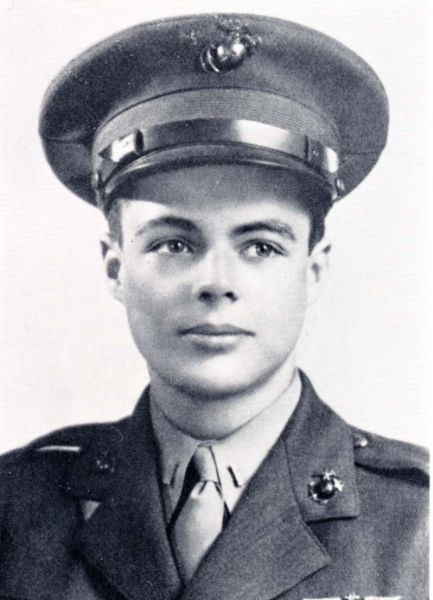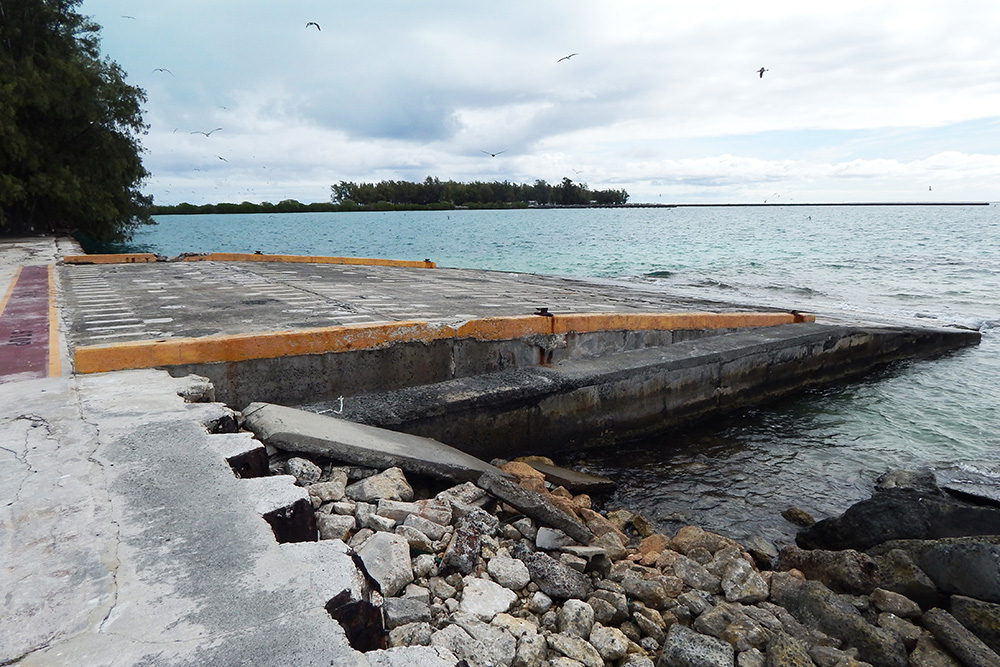Tweedy, Albert William
- Date of birth:
- March 22nd, 1920
- Date of death:
- June 4th, 1942
- Nationality:
- American (1776 - present, Republic)
Biography
Albert William Tweedy, Jr., was born on 22 March 1920 and attended public schools in Winnetka, Illinois, and Hingham, Massachusets, before he enrolled at Williams College, Williamstown, Mass., in the fall of 1938. In the summer of 1939, he completed Marine Corps' Platoon Commander School at Quantico, Virginia, and, at the end of his sophomore year, left college to become a Marine Aviation Cadet. Following flight training at Squantum, Massachusets, and Pensacola, Florida, he was commissioned a Second Lieutenant in the United States Marine Corps Reserve on 14 October 1941. Assigned to the 2d Marine Aircraft Wing, Fleet Marine Force, he was stationed at San Diego and Hawaii before reporting for duty with Marine Scout-Bomber Squadron (VMSB)-241 at Midway early in 1942. He served as Assistant Flight Officer and Assistant Communications Officer for the squadron before becoming its Communications Officer late in May.
Do you have more information about this person? Inform us!
- Period:
- Second World War (1939-1945)
- Rank:
- Second Lieutenant
- Unit:
- U.S. Marine Corps Reserves
- Period:
- Second World War (1939-1945)
- Period:
- Second World War (1939-1945)
- Period:
- Second World War (1939-1945)
Sources
- Photo 1: Williams College, Williamstown, Massachusets
- - Sterner C.D., Recipients of The Navy Cross, 1916 - Present
- Bill Gonyo







